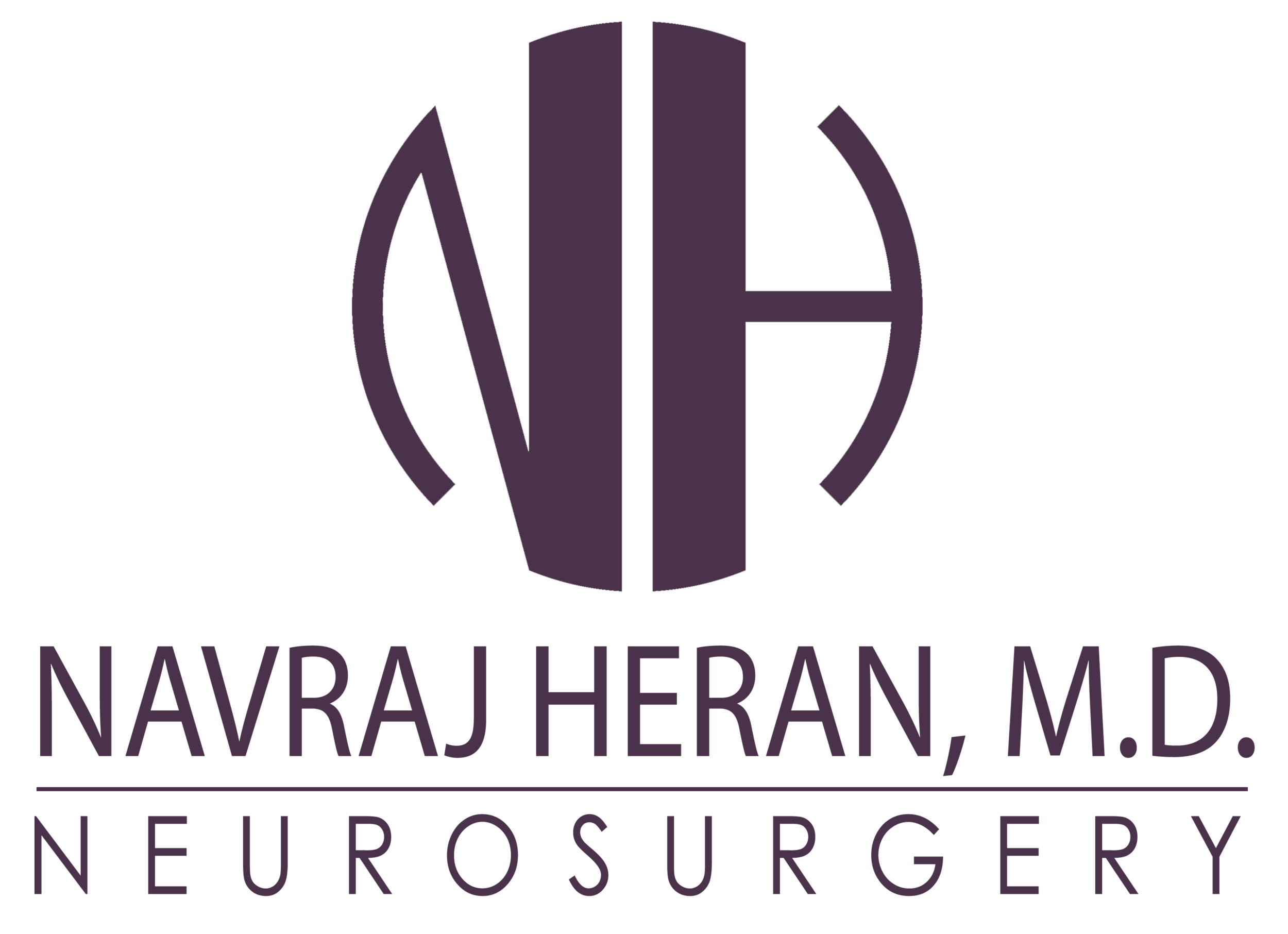Anterior Cervical Discectomy & FUSION
What is anterior cervical discectomy and fusion (ACDF) surgery?
Anterior cervical discectomy and fusion (ACDF) surgery is carried out by a neurosurgeon or orthopedic spine surgeon. It involves two main procedures that happen during the same surgery:
Anterior cervical discectomy: Removal of the damaged (herniated or slipped) disc from the anterior (front) of the neck.
Fusion: A bone graft to stabilize and strengthen the spine where the disc is removed.
What does anterior cervical discectomy and fusion (ACDF) surgery treat?
Anterior cervical discectomy and fusion (ACDF) surgery treats pain, weakness, and numbness caused by a slipped or herniated disc in the neck area. The damaged disc can irritate or pinch spinal nerves in the neck. In serious cases, this pain and numbness radiate out to affect the arms or hands.
ACDF surgery is most commonly recommended in cases where:
There is a severe arm or hand pain, numbness, or weakness.
Arm pain feels worse than neck pain.
Arm and hand pain doesn’t respond to physiotherapy and/or pain medication.
Anterior cervical discectomy and fusion (ACDF) surgery results
Anterior cervical discectomy and fusion (ACDF) surgery provides relief from pain, numbness, and weakness caused by a slipped or herniated disc in most cases. However, patients are advised to seek advice on what might have caused the slipped disc in the first place to help prevent it happening again.
Preparing for anterior cervical discectomy and fusion (ACDF) surgery
Patients may need to follow specific advice on what to eat and drink, and what medications to take or not take, within a certain time period before ACDF surgery. Cessation of smoking in weeks prior to surgery has proven beneficial to surgical outcomes.
What to expect with anterior cervical discectomy and fusion (ACDF) surgery
Anterior cervical discectomy and fusion (ACDF) surgery requires general anesthesia. This means the patient is unconscious for the duration of the procedure.
In ACDF surgery, the surgeon first makes a small incision at the neck. The first stage (anterior cervical discectomy) involves the surgeon gaining access to and then removing the damaged disc. The entire disc is removed to stop it irritating and pinching spinal nerves. The next stage (fusion) involves the surgeon inserting a bone graft into the space left by the removed disc. The graft can be from the patient’s body or a donor, or it can be synthetic bone. The graft fuses the adjoining vertebrae together, with the help metal hardware, such as a plate and screws, to keep the graft in place and help the vertebrae and bone graft form one strong bone.
Recovery after anterior cervical discectomy and fusion (ACDF) surgery
After surgery, the patient is taken to a recovery room to be monitored in case there are any complications. Anterior cervical discectomy and fusion (ACDF) surgery is typically an outpatient procedure that doesn’t require an overnight stay. It is recommended that the patient has someone on-hand to drive them home. A course of physiotherapy may be recommended to strengthen the muscles in the neck and improve flexibility.
Get anterior cervical discectomy and fusion (ACDF) surgery with Centric Health
Many men and women from across Canada and all over the world choose Centric Health Surgical Centres for ACDF surgery. Our neurosurgeons and orthopedic spine surgeons have years of experience and excellence in performance and outcome with this procedure. They are committed to helping you relieve the pain and other problems caused by a slipped disc. We strive to provide exceptional pre- and post-operative care. Combined with our patient-centred philosophy, we aim to provide all our patients with a compassionate, caring, and rewarding experience.
Next steps: Book your cervical discectomy and fusion consultation
If you are ready to discuss your ACDF surgery needs with our surgeons, contact us to learn more and request a consultation today. To discover your health options your patient care coordinator will discuss:
Your medical history
Incision techniques
Potential risks and complications
